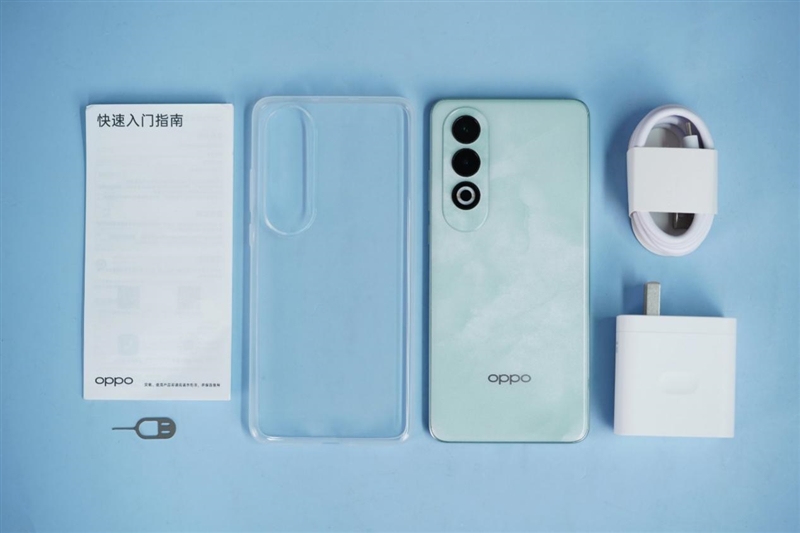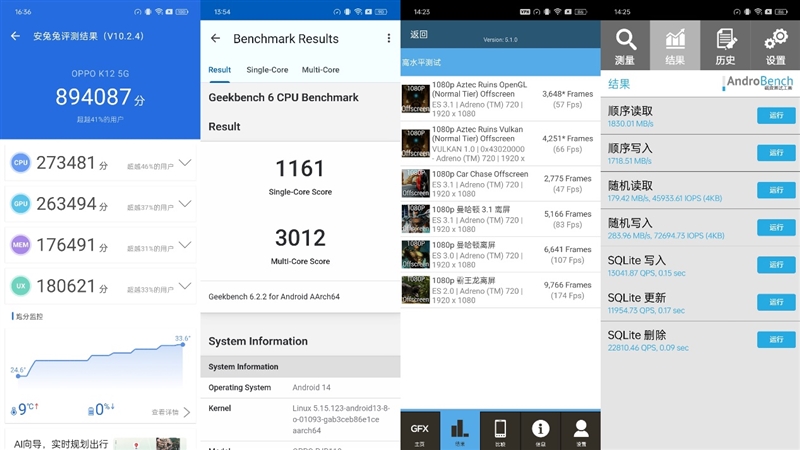During the iQOO Z9 series launch conference, a new “super cost-effective” Turbo model was introduced, expanding upon previous models. This addition marked the debut of the first sub-flagship chip in the series, the Snapdragon 8s Gen3, which propelled the price of the Z series beyond 2.5K for the first time.
However, amidst this expansion, there was also a recognition of the necessity for a standard mobile phone with a higher quality and price ratio within the iQOO Z series. This role was fulfilled by the iQOO Z9 without Turbo.
To highlight its prowess, the iQOO Z9 boasted identical features to the Turbo model in several key aspects.
Firstly, it featured the same 6000mAh ultra-thin Blue Ocean battery, offering prolonged usage in a lightweight body weighing less than 200g.
Furthermore, the iQOO Z9 replicated Turbo’s acclaimed 144Hz anti-flicker OLED screen, delivering top-notch visual experiences comparable to flagship devices.
Notably, in terms of performance, the iQOO Z9 struck a balance between power and efficiency by leveraging the Snapdragon 7 series sub-flagship core, the third-generation Snapdragon 7 mobile platform, and TSMC 4nm (N4P) process technology.
Design and Display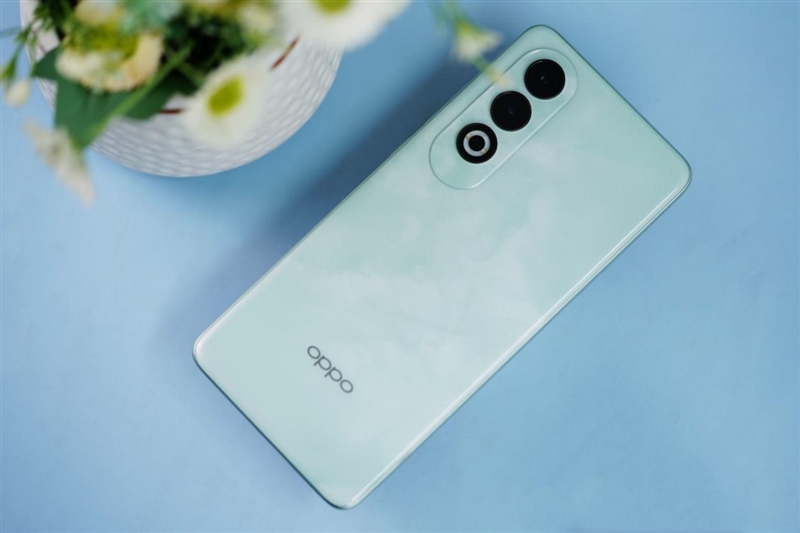
The iQOO Z9 boasts a 6.78-inch OLED screen on its front, sporting a 1.5K resolution and supporting a remarkable 144Hz ultra-high refresh rate. It shares the same eye protection features as Turbo, including the 3840Hz ultra-high frequency PWM dimming and full DC-like dimming solution.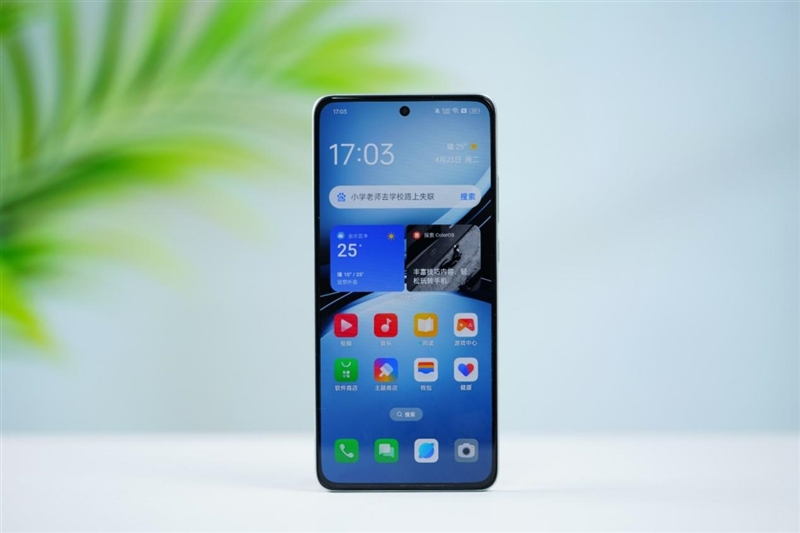
Utilizing a CSOT screen identical to Turbo, the iQOO Z9’s display offers a resolution of 1260×2800, resulting in an approximate PPI of 370. The iQOO Z9, in the starburst white color variant we examined, exudes a cozy warmth reminiscent of soft winter tones.
Embracing the flagship porthole design from the iQOO 12 series, the rear camera of the iQOO Z9 features a lens module seamlessly integrated with 8 micro-arc edges and smooth Porthole lines.
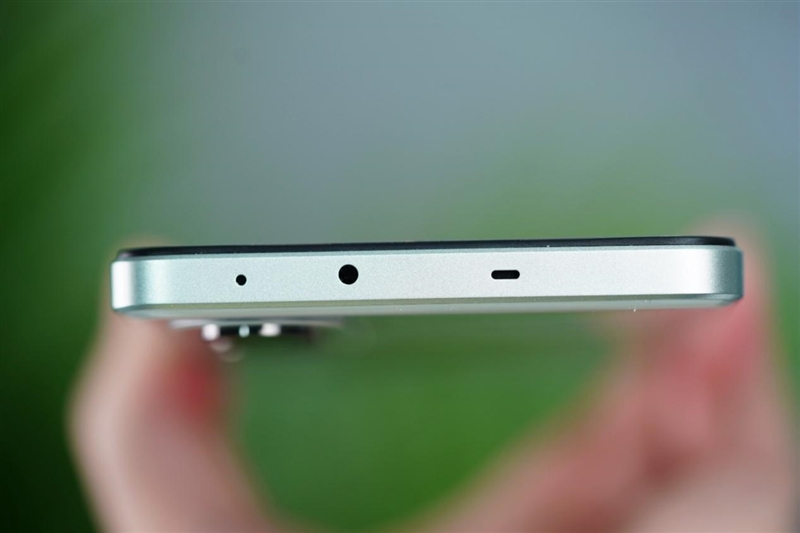
Featuring dual rear cameras, the primary camera of the iQOO Z9 boasts OIS optical image stabilization, complemented by a single color temperature LED fill light positioned on the right side of the camera module.
At the top, users will find an infrared remote control sensor and a noise-reduction microphone. On the bottom, the speaker, Type-C, headphone two-in-one interface, microphone, and SIM card slot are neatly arranged, with the speaker positioned to the right.
Included in the iQOO Z9 package are a transparent silicone phone case, an 80W fast charging set, a quick start guide, and a SIM card pin, ensuring users have the essentials to get started.
Performance and Game Testing
Equipped with the Snapdragon 7 series sub-flagship platform, the third-generation Snapdragon 7, and the 4nm process technology replaced by Samsung to the new third-generation TSMC 4nm (i.e., N4P), the iQOO Z9 utilizes a 1 + 3 + 4 (2.63 + 2.40 +1.80GHz) large and small core design, with a 64-bit architecture. ARM A715 and A510 cores mirror the second-generation Snapdragon 8.
The iQOO Z9 we acquired is a 12GB LPDDR5+512GB UFS3.1 version. In light of this, we conducted a series of tests on the phone’s performance and gaming capabilities.
During the tests, the phone’s memory expansion function was deactivated, and the performance mode (Monster mode) was activated for thorough examination.
Performance
Firstly, in the AnTuTu comprehensive performance test, version V10.2.5, the phone scored a total of 854,600 points. This comprised a CPU sub-score of 268,195 points, a GPU sub-score of 256,856 points, a memory score of 163,435 points, and a UX human-computer interaction score of 166,127 points.
The GeekBench6 single-core score stood at 1203 points, with a multi-core score of 3244 points. Lastly, the flash memory test revealed in the AndroBench test showed sequential read speeds reaching 993.26MB/s, sequential write speeds reaching 988.6MB/s, random read speeds hitting 204.33MB/s, and random write speeds peaking at 241.7MB/s, aligning with UFS 2.2 standards.
Regarding performance, except for flash memory speed, the iQOO Z9 displayed no notable shortcomings.
Game Actual Test
Shifting the focus to the gaming arena, we chose two highly representative mainstream mobile game masterpieces, “Call of Duty” and “Peace Elite”. We conducted the tests prioritizing frame rate in an indoor office environment at 26 degrees Celsius, recording results encompassing frame rate, power consumption, energy efficiency ratio, and device temperature performance during gameplay.
During the gaming tests, the phone’s memory expansion function remained inactive, while the performance mode (Monster mode) remained enabled.
- Call of Duty

In the Call of Duty mobile game test, we opted for exquisite image quality + extreme frame rate settings. Following intense tactical team competitions, the average frame rate stabilized at 60FPS, with occasional slight lag that didn’t significantly impact overall picture smoothness.
Considering power consumption, the game averaged about 2.5W, yielding an energy efficiency ratio of 24FPS/W. Temperature-wise, the front of the device reached a maximum of 34.1 degrees Celsius, while the back peaked at 33.5 degrees Celsius, with minimal heat generation during gameplay.
- Peace Elite
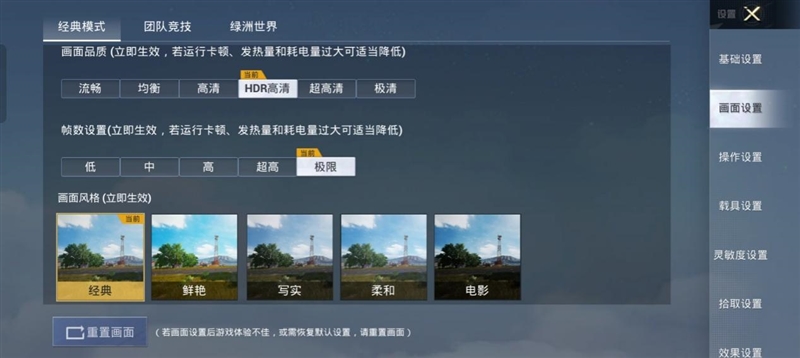
In the Peace Elite mobile game test, under HDR image quality + extreme frame rate settings, the average frame rate remained stable at 59.86FPS, nearly reaching the 60FPS benchmark. Lag was almost non-existent throughout the gameplay.
After a session of gaming, the average power consumption settled at approximately 3.37W, with an energy efficiency ratio of 17.76FPS/W. Temperature-wise, the front of the device registered a maximum of 35 degrees Celsius, while the back reached 34.3 degrees Celsius, with only slight warmth felt when holding the phone.
Cameras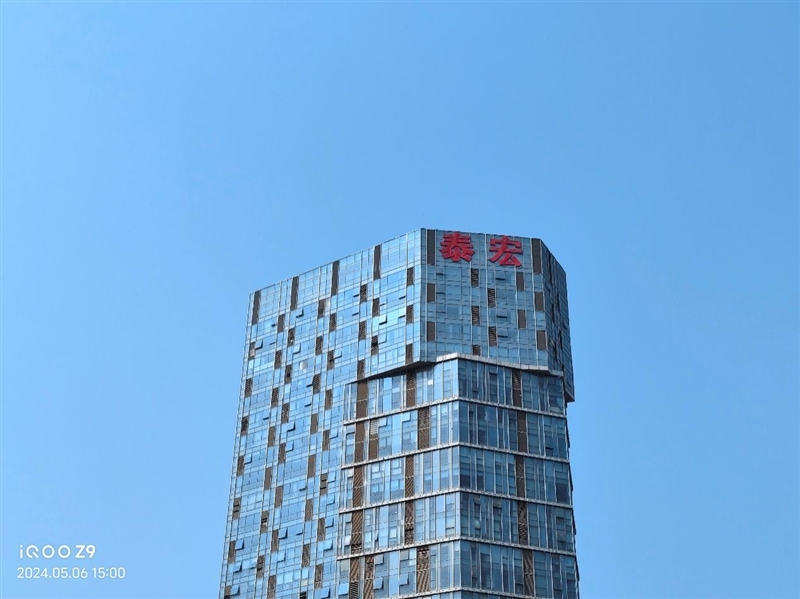
iQOO Z9 has a rear dual-camera module. The main camera uses the same LYT600 sensor as Turbo, with a 1/1.953-inch photosensitive unit. The other one is a 2-megapixel depth-of-field blur lens.
We also took some sample photos using iQOO Z9, take a look.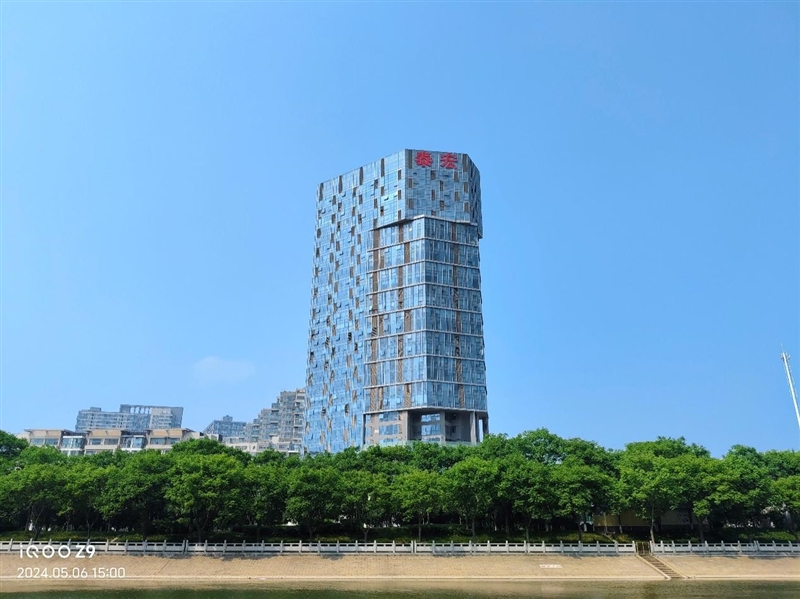
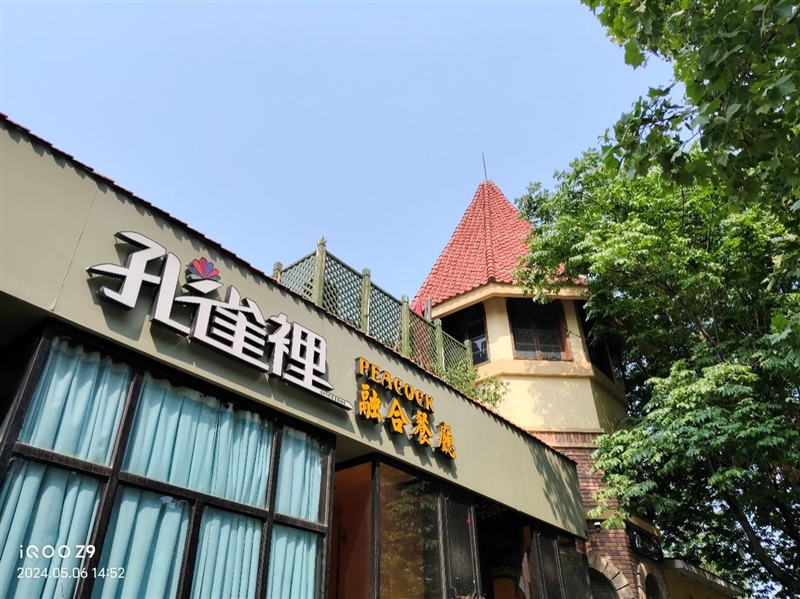
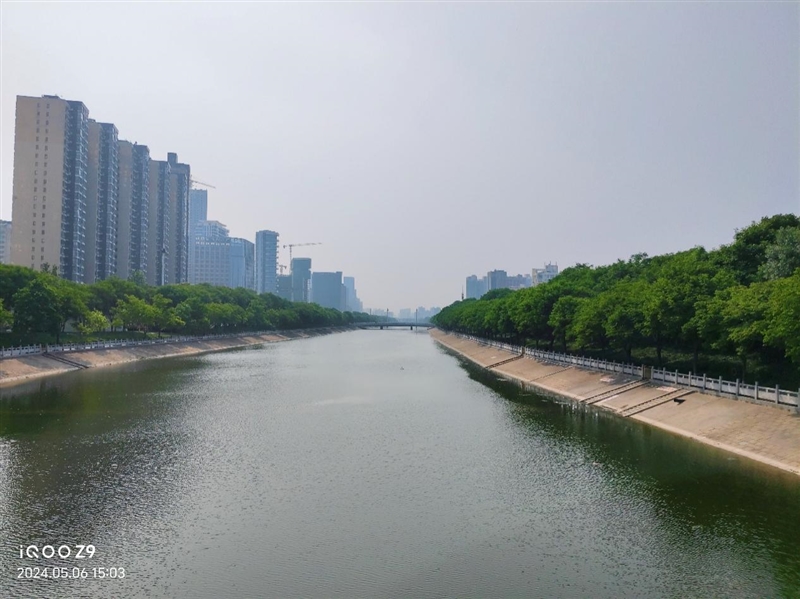
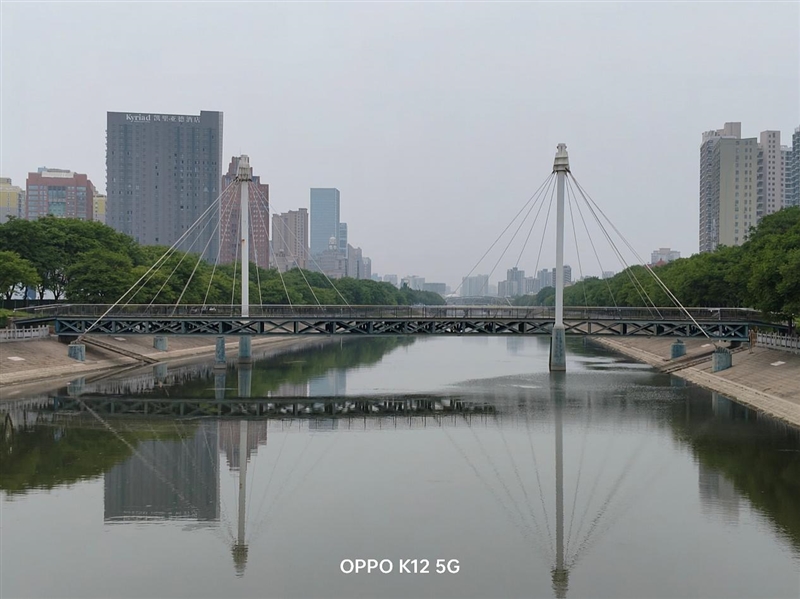
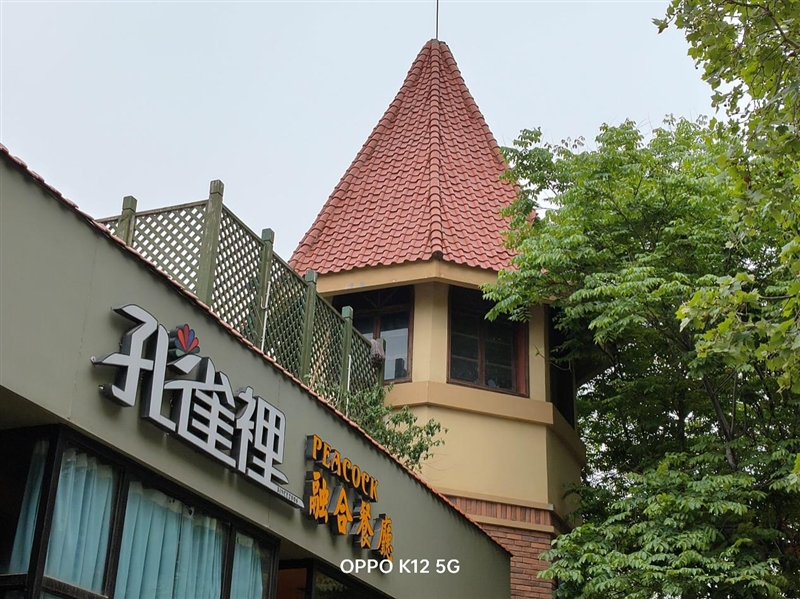
In scenes with strong light, the sample photos taken belong to the vivo style, with relatively high color saturation, which is especially suitable for those who pursue bright colors.
This vivid color processing brings a lively visual experience that can make photos stand out on social media, especially among users who like strong colors and personalized style.
Even in complex light environments such as backlighting, the camera can still capture clear and detailed images, effectively retaining the details and layering of the image.
Battery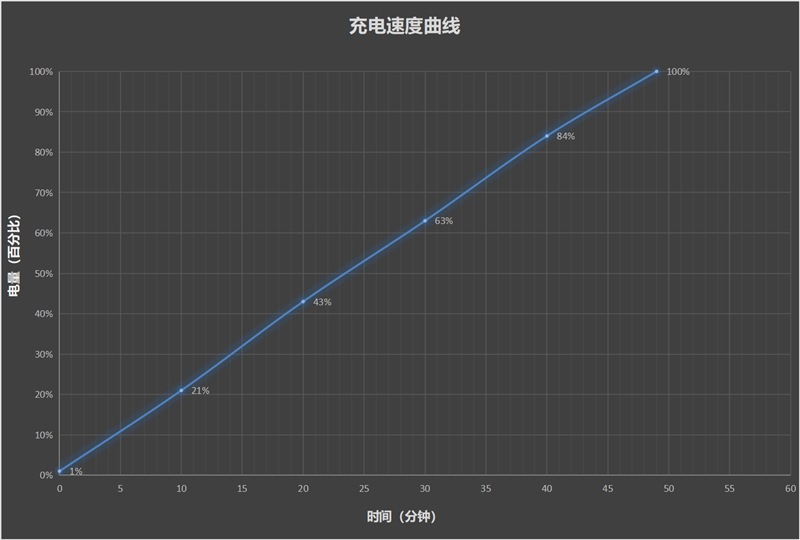
The iQOO Z9 features a rear dual-camera module, with the main camera utilizing the same LYT600 sensor as Turbo, boasting a 1/1.953-inch photosensitive unit.
Additionally, there is a 2-megapixel depth-of-field blur lens incorporated. Furthermore, we captured some sample photos using the iQOO Z9, which we invite you to view.
In scenes characterized by strong light, the sample photos taken exhibit the distinct vivo style, showcasing relatively high color saturation, particularly appealing to those who appreciate vibrant colors.
This vivid color processing enhances the visual experience, making photos stand out on social media platforms, particularly appealing to users who favor bold colors and personalized styles.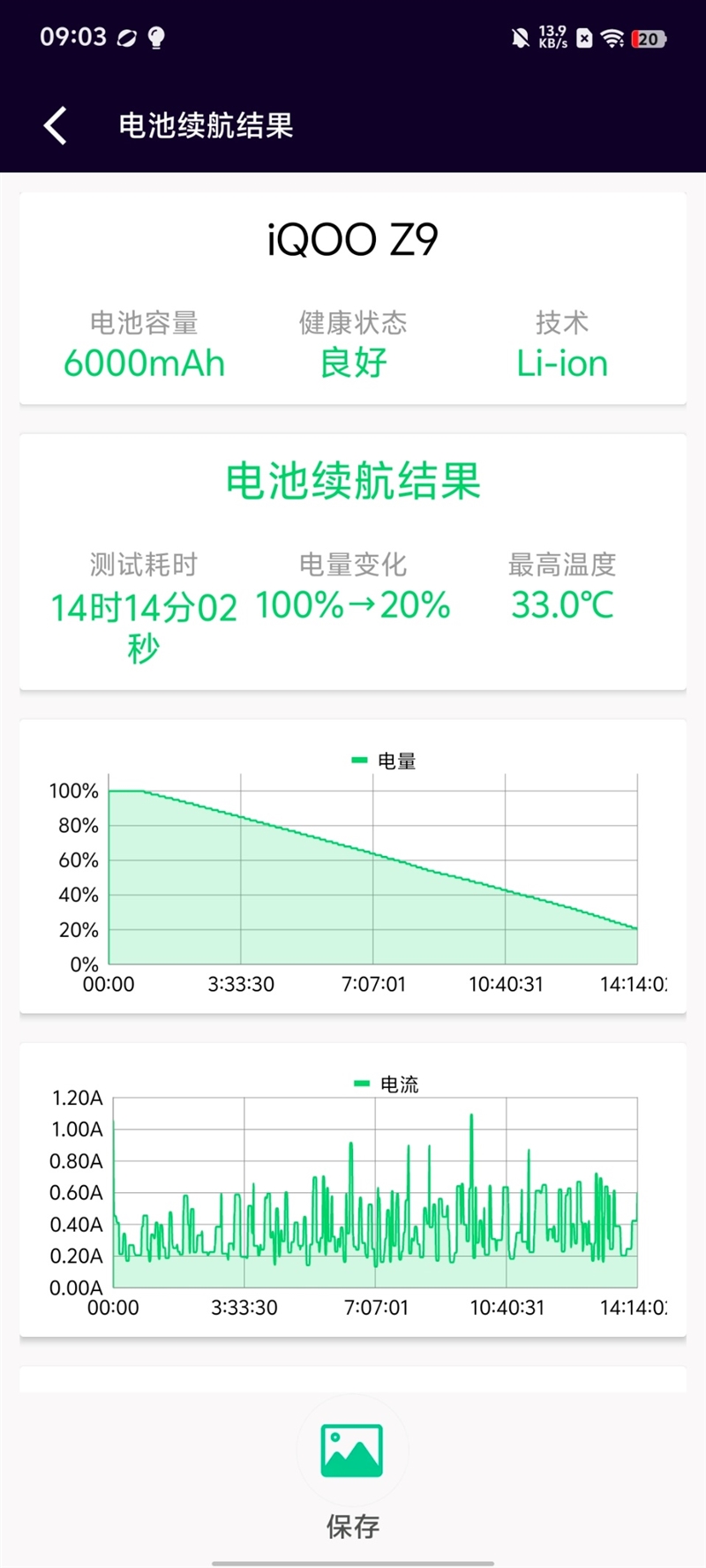
Even in challenging light environments such as backlighting, the camera demonstrates its capability to capture clear and detailed images, effectively preserving the intricate details and layering within the image.
Verdict
With a focus on both long battery life and performance, the iQOO Z9 inherits Turbo’s 6000mAh ultra-thin blue ocean battery and integrates it with TSMC’s 4nm energy-efficient Snapdragon 7 Gen3 chip, achieving a perfect balance between performance and energy efficiency.
Through the battery dog test, the iQOO Z9 has achieved an unprecedented 15.5 hours of battery life, showcasing the prowess of this blue ocean battery. No other mobile phone in the same price range among Snapdragon 7 Gen3 devices can match its longevity.
In actual game testing, both “Call of Duty” and “Peace Elite” maintain stable output close to the full frame at extreme image quality, with well-controlled body temperature, demonstrating excellent heat dissipation performance.
This dual experience of high performance and long battery life epitomizes what the Snapdragon 7 Gen3 mobile SoC brings to users.
For instance, in terms of the imaging system, the LYT600 sensor on the rear of the iQOO Z9 aligns with Turbo. The sample photos exhibit clear and detailed images even in backlight environments, with high color saturation, catering, especially to users who value vibrant colors and personalized style.
Additionally, the Z9’s 144Hz CSOT high-quality OLED screen, coupled with all-weather eye protection capabilities, ensures reduced visual fatigue during prolonged phone usage.
Furthermore, in terms of overall design, the iQOO Z9 draws inspiration from flagship mobile phones. The white, rounded back shell paired with the straight screen design offers a visually appealing and ergonomic experience.
In summary, despite not reaching the extreme performance levels of Turbo, the iQOO Z9, priced within the 2,000 yuan range, stands out with its outstanding energy efficiency ratio and remarkable battery life. Combined with its sleek design and all-weather high-brush eye-protection screen, it delivers a flagship-like experience.
Therefore, for users seeking a balance between performance and battery life without compromising on visual experience and camera functions, opting for the iQOO Z9 could prove to be a wise decision.
Read Also: iQOO Z9 Turbo Review: A Smooth and Powerful Experience

.jpg)








